Kingdom Animalia Class Mammalia Family Cervidae Length 1.8 – 3 m (Adult) | Phylum Chordata Order Artiodactyla Subfamily Cervinae Rank Subspecies | |
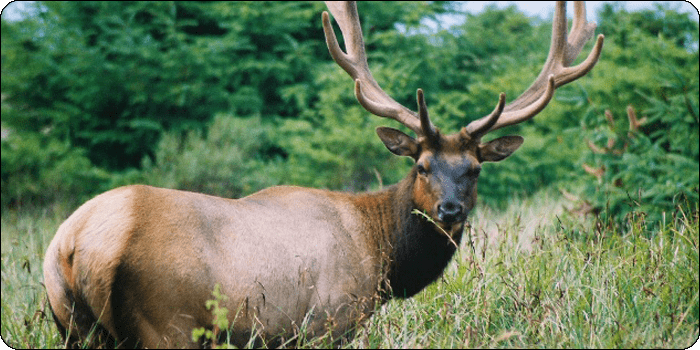 | ||
Scientific name Cervus canadensis roosevelti Height 75 – 150 cm (Adult, At Shoulder) Mass Male: 300 – 500 kg, Female: 260 – 280 kg Similar Rocky Mountain, Tule elk, Elk, Mule deer, Cervus | ||
Giant roosevelt elk
The Roosevelt elk (Cervus canadensis roosevelti), also known as Olympic elk, is the largest of the four surviving subspecies of elk in North America. They live in the rain forests of the Pacific Northwest and were introduced to Kodiak, Alaska's Afognak and Raspberry Islands in 1928. The desire to protect the elk was one of the primary forces behind the establishment of the Mount Olympus National Monument (later Olympic National Park) in 1909.
Contents
- Giant roosevelt elk
- Thehunter call of the wild gameplay ep3 roosevelt elk kills pc hunting simulator
- Description
- Life cycle
- References
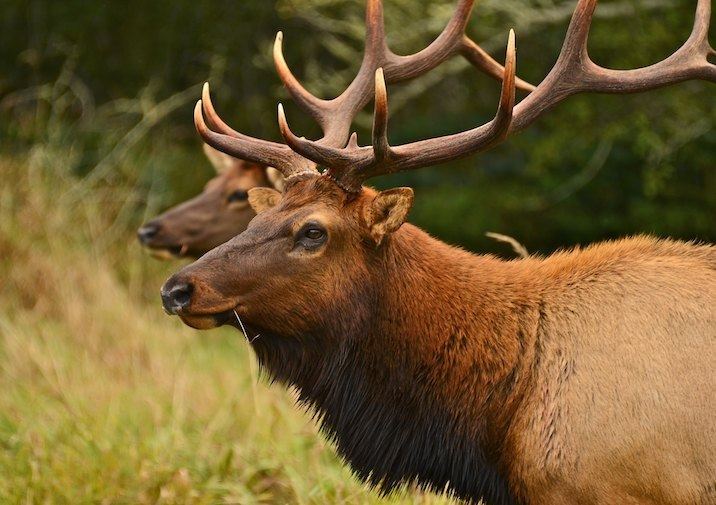
Thehunter call of the wild gameplay ep3 roosevelt elk kills pc hunting simulator
Description
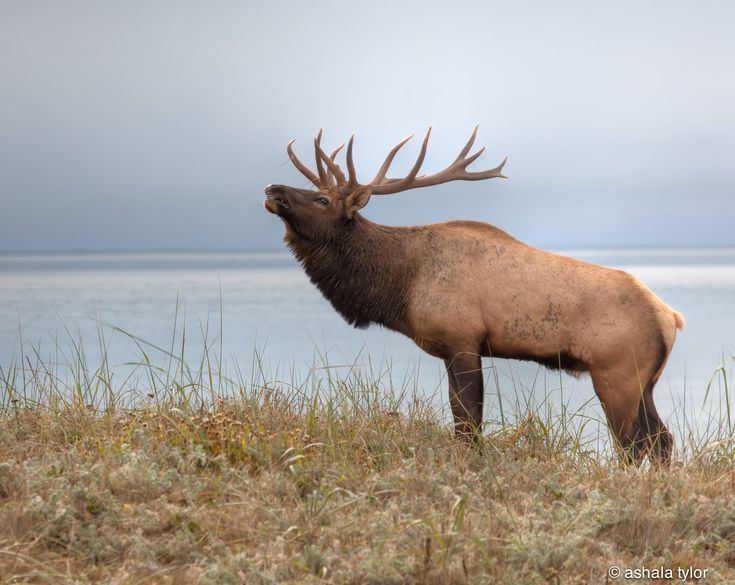
Adults grow to around 6–10 ft (1.8–3 m) in length and stand 2.5–5 ft (0.75–1.5 m) tall at the shoulder. Elk bulls generally weigh between 700 and 1100 lb (300–500 kg), while cows weigh 575–625 lb (260–285 kg). Some mature bulls from Raspberry Island in Alaska have weighed nearly 1300 lb (600 kg).
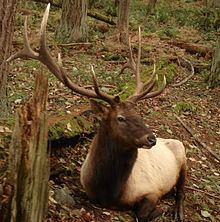
From late spring to early fall, Roosevelt elk feed on herbaceous plants, such as grasses and sedges. During winter months, they feed on woody plants, including highbush cranberry, elderberry, devil's club, and newly planted seedlings (Douglas-fir and western redcedar). Roosevelt elk are also known to eat blueberries, mushrooms, lichens, and salmonberries.
Life cycle
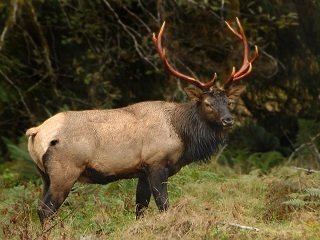
In the wild, Roosevelt elk rarely live beyond 12 to 15 years, but in captivity have been known to live over 25 years.
